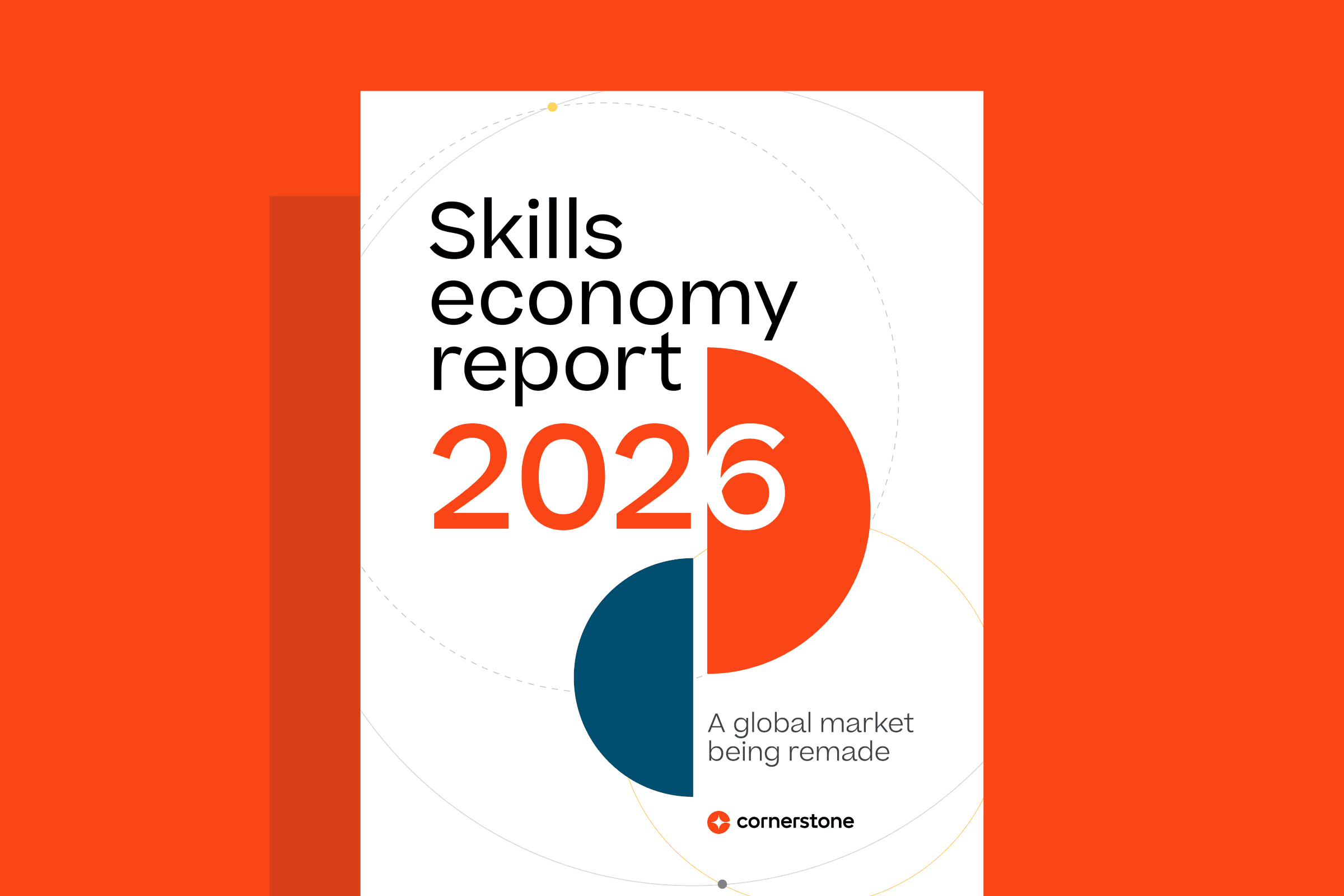Job seekers who want to send a resume and cover letter to Zappos for open positions are in for a surprise. The e-retailer removed job postings from its career page. It’s not that Zappos isn’t hiring — a company with thousands of employees is always recruiting — but it wants to get to know people before there’s a job posting at stake. The career page invites visitors to become "insiders" by signing up and starting conversations with different teams inside Zappos.
The Zappos approach is just one example of a Web 3.0 talent community, a loosely defined buzzword that describes a variety of online communities where companies and individuals come together to talk about areas of similar interest. HR teams are tapping into LinkedIn groups, CRM systems and branded sites to grow organic conversations with people who share interests relevant to the company missions. The goal of these communities is to shift from a short-term, immediate-hire mindset to an evergreen recruiting strategy that values meaningful relationships and shared interests.
For Marvin Smith, talent community strategist at Lockheed Martin, the litmus test for a true talent community (as opposed to a network or pipeline of candidates) is that members can speak to each other—not just read about a company’s culture or receive email alerts for job openings. Smith and his team built Military Connect, a Lockheed Martin-branded talent community that helps service members retain professional knowledge and connect with fellow veterans. He shared with us a few lessons for cultivating communities that last:
5 Steps to Building a Talent Community
1. Build from within: The most important part of building a community is internal support, Smith says. For instance, Lockheed Martin CEO Marillyn Hewson has spearheaded several internal initiatives around diversity and inclusion, and Smith’s team will launch a talent community around these issues in 2015. "If you don’t have that foundation of people that are passionate around that subject or passionate around whatever it is that you’re trying to accomplish, it won’t work," he says.
2. Think in marketing terms: Marketers use a variety of tools to have two-way conversations with customers, from HubSpot’s inbound marketing platform to innovative customer service approaches to social media interactions. Their goal isn’t much different from HR’s: Engage people by building rapport and brand awareness. Smith says HR should take a cue from the marketing playbook: "If the community is going to last and going to be able to solve problems, be able to get an ROI, then you’re going to have to think more about it in marketing terms than in just hires, because the community is more of a longer-term strategy."
3. Create personas: Just as brands think about their target customers, Smith and his team consider personas for their talent community audience. They built Military Connect to engage three groups: people thinking about leaving the military, people in transition from the military to civilian life, and veterans who’ve made the transition but haven’t found their dream jobs. "Let’s give people information that would help in each of those cases and see if we can solve some of the problems and the challenges that each of those personas are facing," he says. It must be working. About 25 percent of the 2000 community members have applied for jobs.
4. Take your time: The last thing HR managers want to do is launch a community before it’s ready. "We typically start slow, test the community, make sure everything’s right, maybe have a couple thousand people on it and then make revisions and so forth and then go live with it," Smith says. Remember, it’s a long-term strategy and not one that should be devised overnight.
5. Constantly curate: Content keeps a brand top-of-mind, whether or not the company is hiring. Managers should continue to engage talent communities with relevant articles and conversation-starters that make people think about their industry or areas of personal interest. Smith curates 200 different sources every day and he has an internal group of people who comment and share those articles with different people. "It’s an indirect way of staying top-of-mind, bringing value to that group of people, and then when somebody is looking, it’s very natural for them to inquire of Lockheed Martin people, what do you have going?" he says.
So what's next for talent communities? Smith says they'll create more personalized experiences, similar to the relationships that headhunters built with individuals before the Internet boom. "We all have access to the same people, but it's going to be the ones with a relationship that are going to win the day," he says.
Photo: Shutterstock


